Shipping plays a big part in how customers feel about your brand. As ecommerce grows, people expect their orders to arrive safely and on time. That means delivery is now a key part of the shopping experience, not just something that happens in the background.
Across Australia, more than one billion parcels re delivered each year. With so many orders moving through different courier networks, it is worth taking a closer look at simple steps that help keep your parcels moving smoothly, from packaging and courier choice to tracking and communication.
According to RedSearch, more than 82 per cent of Australians shop online each year, and this number continues to grow. With more people buying online, businesses need to pay closer attention to getting parcels delivered safely.
That is where we can support you. We help businesses compare different couriers and streamline fulfilment, so you can send orders with confidence. With the right preparation, your parcels have the best chance of reaching customers as planned.
In this guide, you will find practical parcel delivery tips to help you ship safely and give your customers the reliable delivery experience they expect.
1. Choose the Right Packaging and Box Size for Safe Parcel Delivery
Selecting suitable packaging is one of the most effective ways to protect your products in transit.
Use sturdy double corrugated cartons or padded satchels suitable for the item’s weight and fragility. Boxes that are too large can create unnecessary movement, while boxes that are too small may place pressure on edges and damage products.

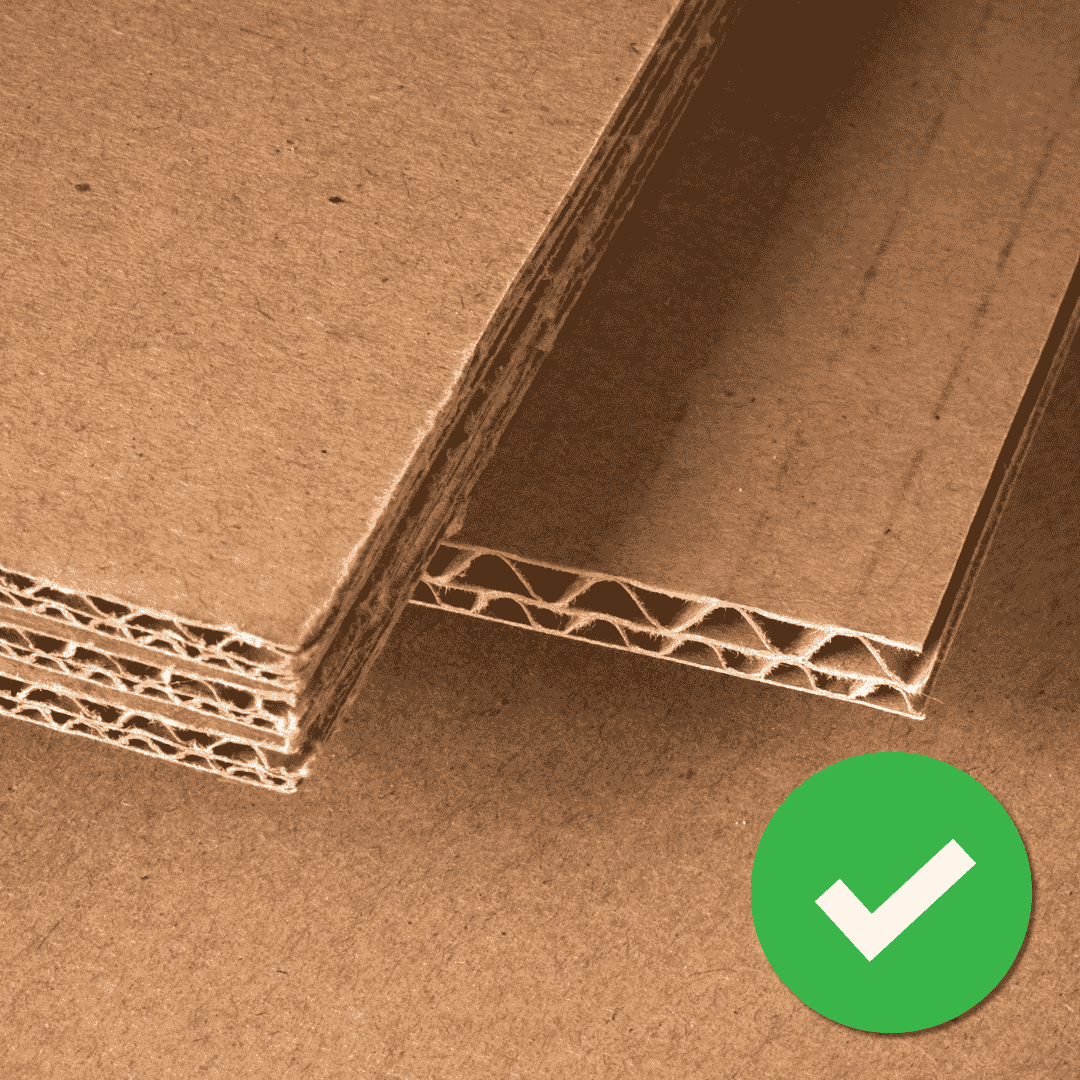
Choose packaging that offers a comfortable fit and supports the weight of your products across multiple handling points.
If you don’t know yet or are unsure what packaging is suitable for your items, please get in touch, and our customer service team can help you choose the safest option.
2. Protect Your Parcel With Proper Internal Wrapping
When packing, use cushioning materials across the bottom, sides, on the top of the box and in between your items. The products themselves will need to be well wrapped and protected. Do not forget to leave between 3 to 5 cm (2 inches) between your product and the sides of the box to prevent impact damage.
Common cushioning materials include:
|
|
|
|
||||||||||||||||||||
|---|---|---|---|---|---|---|---|---|---|---|---|---|---|---|---|---|---|---|---|---|---|---|---|
|
|
|
|
||||||||||||||||||||
|
|
|
|
||||||||||||||||||||
|
|
|
|
||||||||||||||||||||
|
|
|
|
||||||||||||||||||||
|
|
|
|
||||||||||||||||||||
|
|
|
|
||||||||||||||||||||
|
|
|
|
Choose materials that suit your needs while keeping the item stable and absorbing shock during transit.
Avoid overfilling or underfilling your box. If a box is overfilled, it risks splitting during transit. Under-filled boxes can collapse, especially under heavier parcels. Choosing the right packaging reduces damage, lowers refund requests, and helps ensure items arrive in good condition.
Fragile items should be placed in the centre of the box, ensuring they do not touch the sides. Fill the remaining space with cushioning on all sides. This internal protection helps keep your items stable and reduces the risk of damage during transit.
3. Measure and Weigh Your Parcel Accurately
Dimension and weight accuracy determine service availability and cost. You will need to measure the longest, widest and tallest points of your parcel, including curved edges and outer packaging. Even small differences can influence dimensional weight calculation. Note that couriers calculate shipment rates based on the greater of the two: the dimensional (cubic) weight or the actual (dead) weight.
To help you get the most accurate results, keep these points in mind:
- Weigh and measure your parcel after it is packed and sealed.
- Round up to the next centimetre for length, width and height.
- Round up the weight to the next half kilo (0.5 kg).
- Measure from the extreme points on the longest part of the parcel, including any bulging or loose packaging, as excess packaging can affect the chargeable size.
- Use a measuring tape to measure parcel dimensions, placing one end of the parcel flat against a wall and measuring from the wall to the farthest point.
- Use a proper parcel digital scale (avoiding bathroom ones) to capture accurate weight, and keep standard parcel sizes saved for repeat orders.
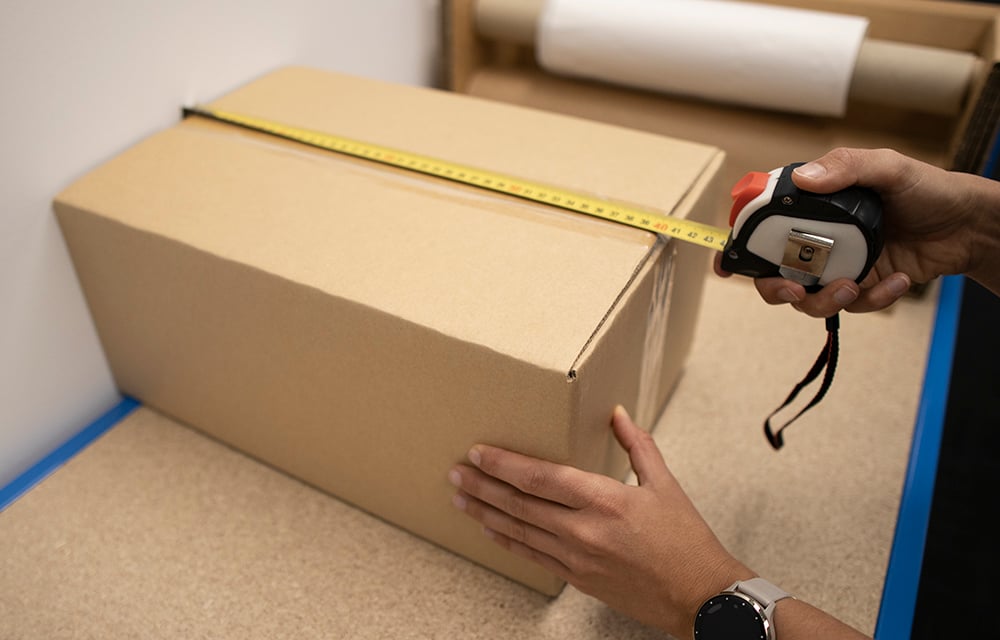
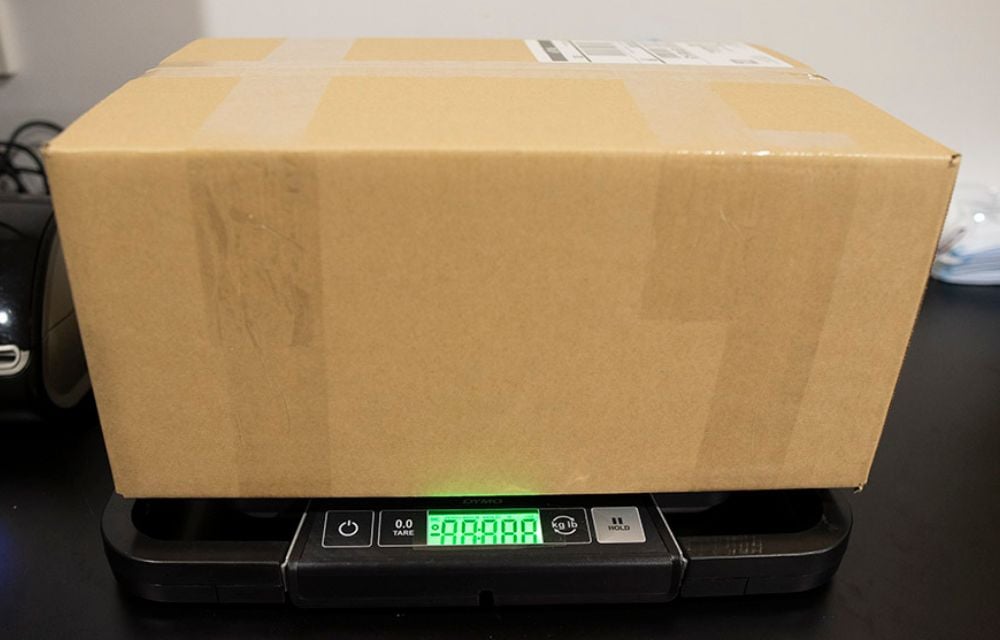
Correct details help ensure your parcel is booked on the most appropriate service, reducing the chance of delays or reprocessing.
4.Check Your Parcel Delivery Address Details
Complete address information helps drivers deliver without interruption. Ensure every parcel includes a full street address, correct unit or floor details, suburb and postcode.
For business deliveries, include the company name and operating hours. Adding a contact name and phone number offers extra clarity if the driver needs direction.
Pro tip: For international parcel shipping, address formats can differ by country. To avoid delays, double-check recipient details beforehand to ensure the address is formatted correctly.
5. Seal Your Parcel Securely
After packing your items, take care to seal your parcel properly. A box that is not sealed well can open during transit, putting your products at risk and, in some cases, preventing the courier from accepting the shipment. A few simple sealing steps help your parcel stay intact throughout its journey.
Choose Suitable Packaging Tape
Everyday household tape is not designed for parcel shipping. For the most reliable hold, use strong packing tape with a width of at least 48mm. This type of adhesive is made to grip cardboard and withstand movement through automated sorting and delivery networks.
It is best to avoid:
- Cellophane tape: often used for gifts, not strong enough for parcels.
- Masking tape: can peel off during handling or weather changes.
- Duct tape: not accepted by many couriers due to its stretch and adhesive residue.
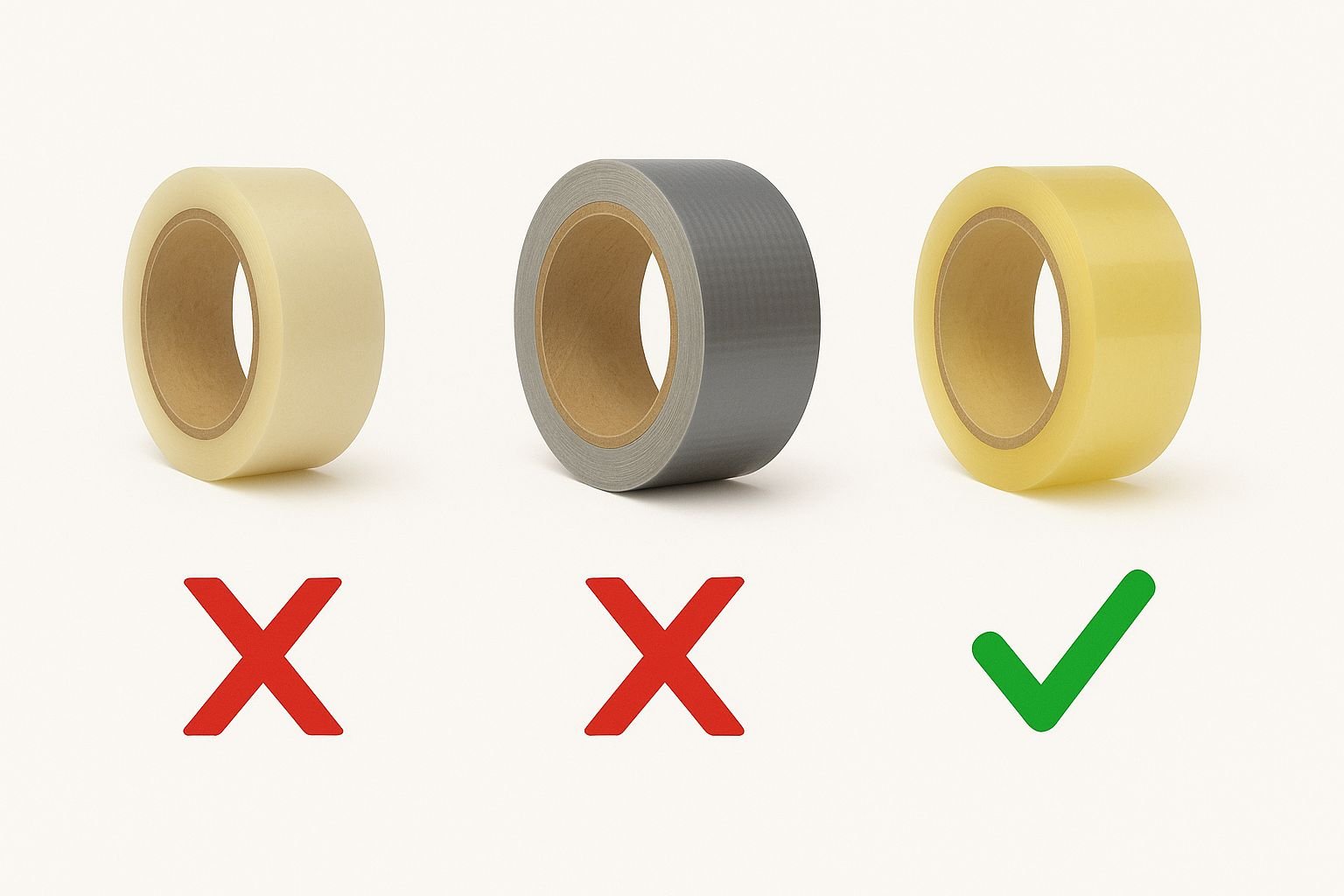
Sealing Tips
To keep your parcel secure:
- Seal the main opening of the box along the centre seam, both top and bottom.
- Add extra strips where the flaps meet to strengthen the structure.
- For heavier cartons, reinforce the top and bottom using an H-shaped tape pattern, with one strip along the centre and one along each edge.
Ensure the box is sealed firmly, but avoid using excessive amounts of tape, as customs and courier personnel may need to open parcels for inspection without destroying the packaging. Use practical sealing methods that allow safe reopening and resealing if required.
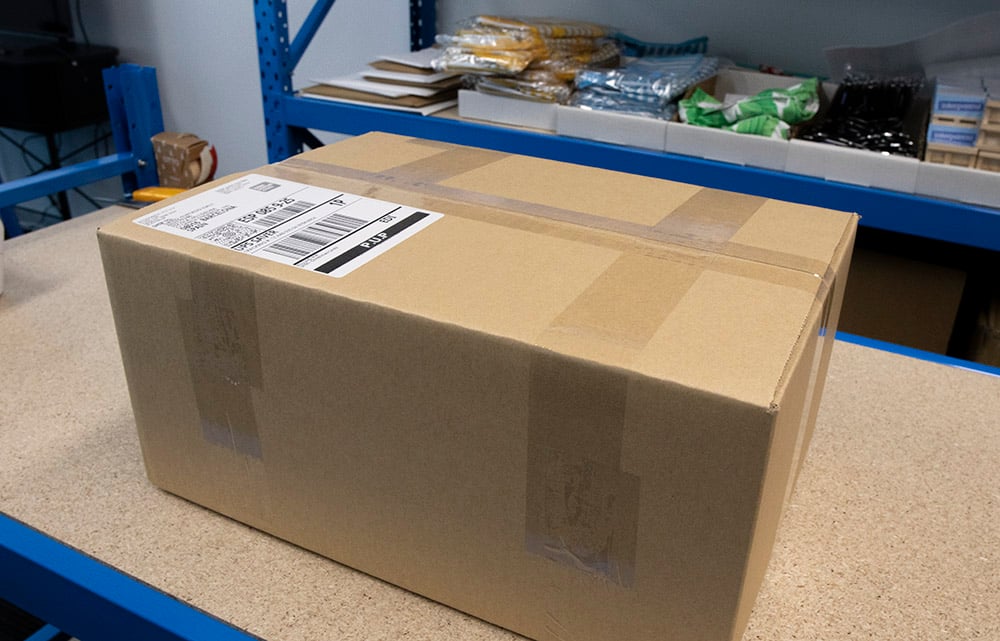
6. Choose the Right Courier for Parcel Delivery
Different services suit different needs. Depending on the size, weight and destination of your parcel, you may want to prioritise delivery speed, cost or included features such as signature on delivery.
A multi-carrier platform makes it easier to review different courier services in one place. Our postage calculator helps you compare estimated transit times and costs, giving you more confidence when choosing the service for each parcel.
For example, some services may be suitable for lightweight domestic orders, while others are better suited for urgent or international deliveries. Matching your parcel to the most appropriate service helps improve reliability and customer satisfaction.
B2B vs B2C courier services: what’s the difference?
When choosing a service, it is also important to understand whether your parcel is being delivered to a business (B2B) or a residential address (B2C).
This distinction matters because different services are designed for different delivery environments.
- B2B (Business-to-Business):
- B2C (Business-to-Customer):
Deliveries are made from and to commercial addresses during standard business hours. They typically offer faster turnaround, easier access, and higher success rates because someone is more likely to be available to receive the parcel.
Deliveries are made from commercial addresses to residential addresses. These often require more time and flexibility due to limited delivery windows or the need for secure drop-off options.
Choosing a service designed for the correct delivery type helps ensure a smoother experience at the destination. This includes being aware of delivery schedules, as most couriers do not deliver on weekends or public holidays, so be sure to plan around these days when timing is critical.
7. Apply Your Parcel Shipping Label Clearly
A clear label supports accurate scanning throughout the parcel’s journey. Place the label on a flat surface, ideally the largest face and always away from seams, edges or closures. Make sure it is easy to read and not folded or obstructed.

If you plan to reuse a box, check that it is still sturdy and free from damage. Be sure to remove any old labels or barcodes, as these can interfere with scanning during transit and lead to routing mistakes or delays.
A well-placed label ensures couriers can identify and route your parcel correctly at every checkpoint.
8. Attach Required Documents for Parcel Shipping
Some parcels, especially international shipments, need supporting documents to be processed correctly. These documents help customs understand what you are sending and whether duties or taxes apply.
A commercial invoice is required and must include the product description, quantity, HS codes, country of manufacture and declared value. Place documents in a clear outer pouch so they remain accessible throughout transit. Make sure the information matches what you entered electronically when booking.
For international shipments, the receiver may be required to pay duties and taxes before delivery. Let them know ahead of time to help prevent delays or refused shipments.
Accurate documentation helps avoid customs delays, unexpected fees or return-to-sender events.
9. Check Prohibited and Restricted Items Before Shipping
Before you book, confirm whether the products you are sending are permitted. Some goods are allowed under specific packaging requirements or may need additional documentation.
Understanding restrictions ahead of time helps prevent delays, non-delivery or penalties. With Interparcel, some items cannot be sent, while others are considered restricted, meaning they are not covered for damage during transit. Check our prohibited or restricted items list to ensure your products are eligible before booking.
10. Consider Parcel Transit Warranty for Valuable Items
While most parcels travel safely, unexpected events can happen, from handling damage to loss during transit. Adding a transit warranty helps protect the value of your items and provides peace of mind.
When booking, ensure your item’s value is accurately declared. If an issue arises, this helps streamline the claims process.
When you ship with Interparcel, the initial $100 transit warranty is included in the service at no extra cost. For items worth more than this amount, you can add additional coverage. This is calculated at 2 per cent of the item value, up to a maximum cover of $2,000. Exclusions of transit warranty include ATL (authority to leave) courier services, and prohibited goods. If you’re adding a transit warranty, you need to consider that your items need to be packaged according to our packaging guides.
Some items are restricted while others are prohibited, so it’s important to be aware of the differences. Make sure you review the terms and conditions, as well as the prohibited or restricted items list, before sending.
11. Use Shipping Tools to Speed Up Dispatch Workflow
If you have an ecommerce store, efficient dispatching helps maintain fast fulfilment times as order volume grows. Digital tools can automate repetitive tasks.
Interparcel integrates with popular ecommerce platforms such as Shopify, WooCommerce, Wix, Magento, BigCommerce, eBay and Etsy. These integrations allow you to easily import orders and streamline your shipping process directly through the platform, saving time and simplifying fulfilment for your online store.
The Interparcel platform offers features such as Print Manager, which lets you print labels quickly without downloading files one by one.
The platform also includes Rule Manager, which allows you to set up custom rules that automatically choose the right courier, service or package type for each order. For example, you can send all express orders with one courier and regional parcels with another. Once set up, these rules run in the background, helping remove manual decision-making so orders can be dispatched quickly and consistently.
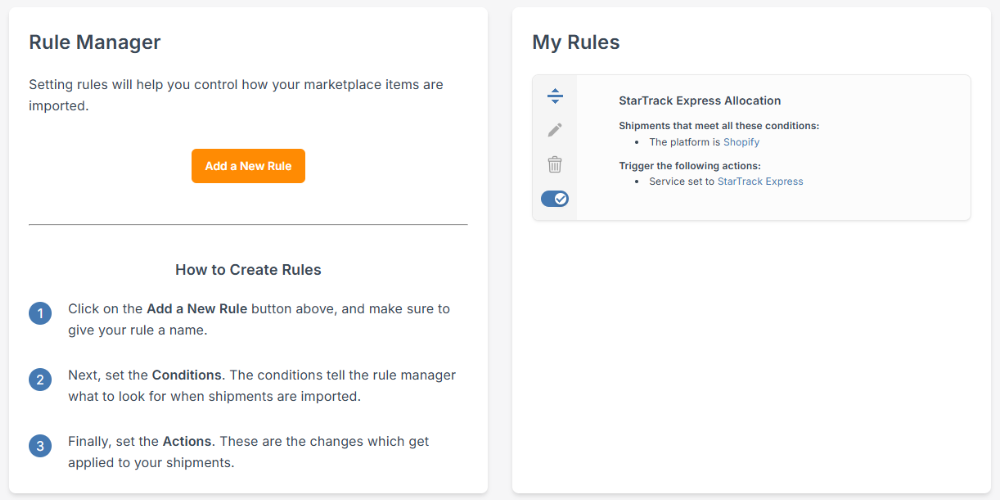
These are just some of the tools available. We continue to support businesses with additional features designed to simplify fulfilment and improve delivery outcomes.
Our platform is also free to use, with no subscription fees, making these tools accessible as your business grows.
12. Respond Quickly to Parcel Delivery Issues
Branded tracking pages help personalise the experience and keep customers connected to your brand from checkout through to delivery. These pages can also reduce uncertainty during transit and give your customer service team clearer visibility if enquiries arise.
You can also enable email and SMS notifications so customers receive live delivery updates, giving them peace of mind throughout the journey.
13. Track Parcels and Communicate Proactively
Even with careful planning, delivery delays can occasionally occur. Monitoring your parcels after dispatch helps identify slow movement or potential issues early. Staying informed gives you the opportunity to update customers and provide reassurance before they need to reach out.
If a delivery concern arises, such as a missed scan or extended delay, contact support promptly. The quicker an enquiry is raised, the easier it is to investigate and help keep the delivery moving.
14. Review Parcel Delivery Performance Regularly
Improving shipping outcomes is an ongoing process. Reviewing your parcel data, including damage rates, late deliveries, carrier performance and customer reviews, helps you identify patterns and areas for refinement.
If certain products experience frequent damage, consider adjusting packaging materials or box sizes. Similarly, if a courier performs better in a specific lane, you may choose that service more often.
These small adjustments can help reduce cost, enhance reliability and elevate customer satisfaction over time.
Final Parcel Delivery Tips
These tips can help fine-tune your process and give your parcels the best chance of arriving safely.
If you already use Interparcel, you are backed by tools and support that simplify fulfilment and help deliveries reach customers smoothly.
Need more help or want advice on your setup? Our customer support is always here to guide you.




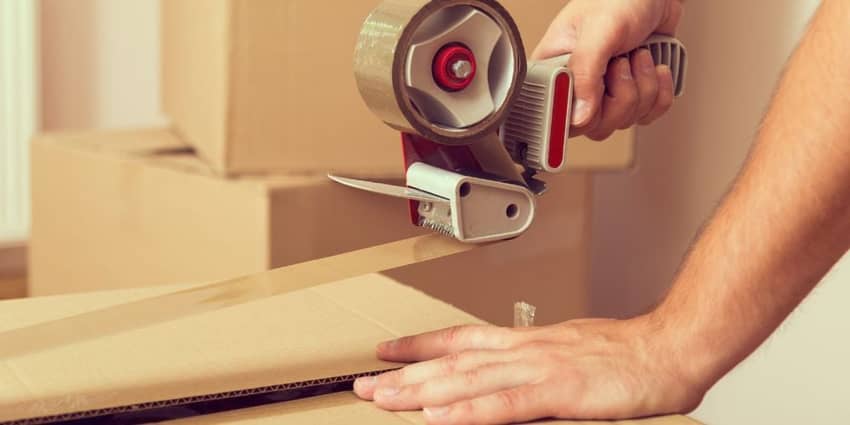





 Facebook
Facebook Twitter
Twitter Instagram
Instagram Linked In
Linked In YouTube
YouTube